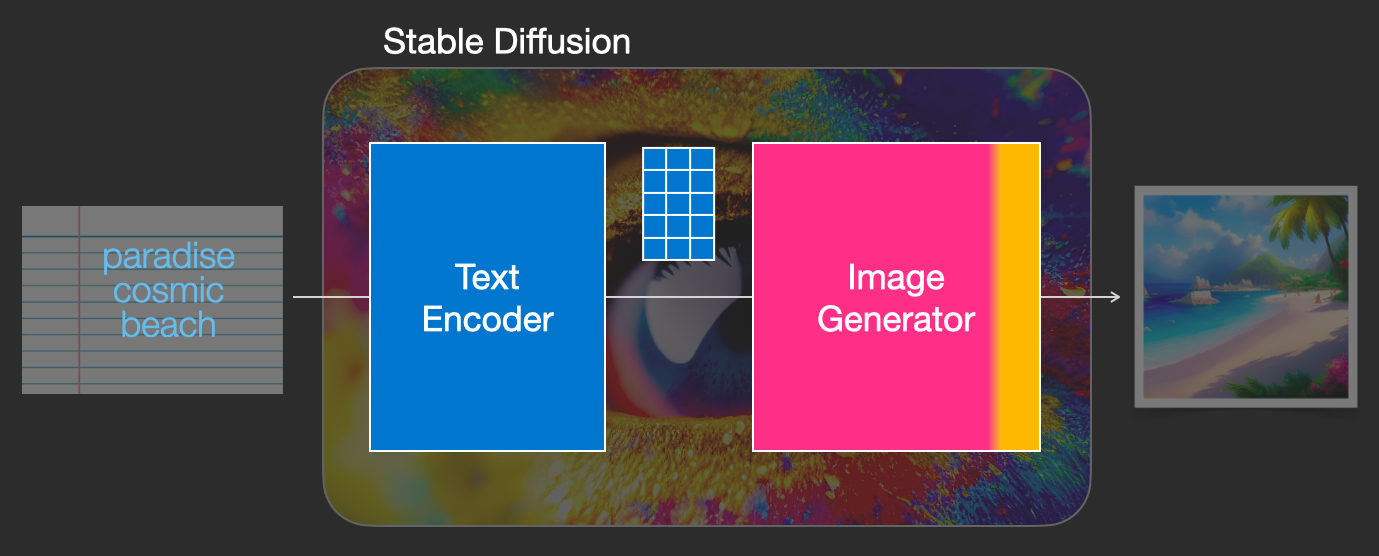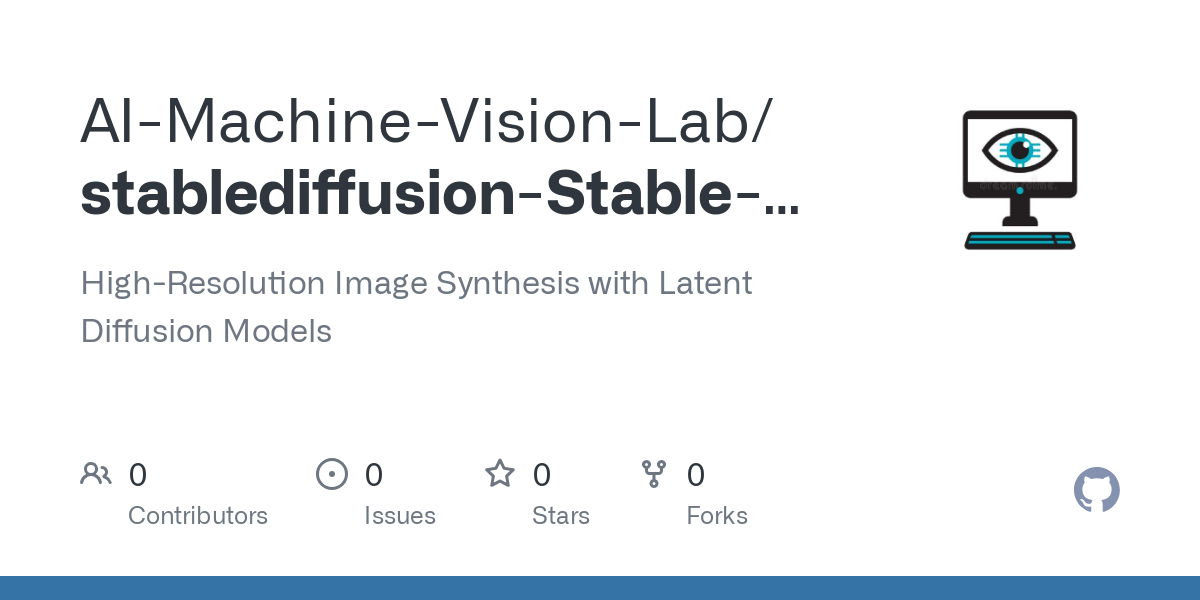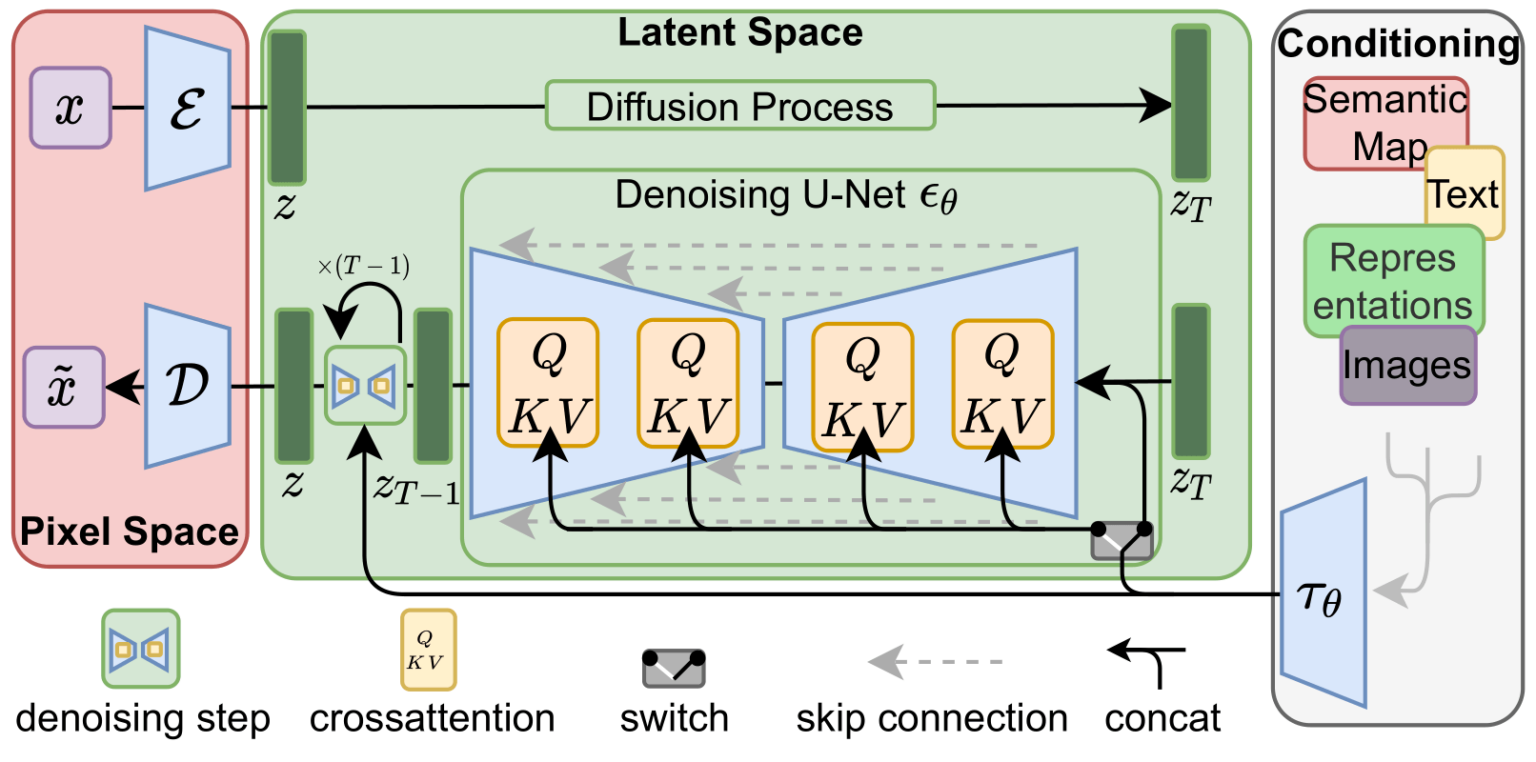5 Steps to Find Stable Diffusion Version

The world of artificial intelligence (AI) has witnessed remarkable advancements, and one of the most intriguing developments is the creation of Stable Diffusion, a powerful tool for generating images and artistic content. As this technology gains popularity, users often find themselves curious about the specific version they are utilizing. In this comprehensive guide, we will unravel the process of determining the Stable Diffusion version, providing you with a clear roadmap to navigate this fascinating AI landscape.
Understanding the Importance of Stable Diffusion Versions

Stable Diffusion, a cutting-edge AI model, has revolutionized the way we create and manipulate visual content. With its ability to generate high-quality images and artistic styles, it has become a go-to tool for artists, designers, and content creators. However, with multiple versions released over time, it becomes essential to identify the specific version one is working with to ensure optimal performance and compatibility.
Each version of Stable Diffusion introduces new features, improvements, and bug fixes, making it crucial to stay updated and aware of the version in use. Whether you are a seasoned user or a newcomer to this technology, knowing the version can greatly impact your workflow and the quality of your creations.
Step 1: Check the Documentation

The first step towards identifying the Stable Diffusion version is to refer to the official documentation provided by the developers. This documentation serves as a comprehensive guide, offering detailed information about each version, its release date, and the improvements it brings to the table.
Navigate to the official website or repository where Stable Diffusion is hosted. Here, you will find a dedicated section or page that outlines the different versions and their corresponding features. Take the time to read through the documentation carefully, paying attention to the version numbers and release notes.
For instance, let's consider Stable Diffusion version 1.5. The documentation might highlight its key features, such as improved text-to-image generation capabilities, enhanced stability, and the introduction of a new set of pre-trained models. By comparing these features with your own experience, you can start narrowing down the potential version you are using.
Key Takeaway:
Always start your version identification journey by consulting the official documentation. It provides a solid foundation for understanding the different versions and their unique characteristics.
Step 2: Analyze the Model Files
If the documentation doesn’t provide a clear answer or if you want to double-check your findings, analyzing the model files can be a powerful approach. Stable Diffusion, like many AI models, comes with specific file formats and naming conventions that can reveal crucial information about the version.
Locate the model files associated with your Stable Diffusion installation. These files are typically stored in a dedicated folder and have distinctive names that include version information. For example, you might find files named "stable_diffusion_v1.5.pth" or "model_sd_1_5.pt".
By examining the file names, you can extract valuable clues about the version. In the above examples, the version number is clearly indicated in the filename, making it easy to identify the specific version you are working with. Additionally, the file extension (e.g., .pth or .pt) can provide insights into the format and compatibility of the model.
Key Takeaway:
Scrutinizing the model files can offer direct evidence of the Stable Diffusion version. Pay attention to the filename conventions and extensions to pinpoint the precise version.
Step 3: Compare with Online Resources
The power of the internet can be harnessed to compare and verify the version you suspect you are using. Numerous online resources, including forums, blogs, and official documentation repositories, provide valuable insights into the various Stable Diffusion versions.
Perform a targeted search using keywords such as "Stable Diffusion version" or "Stable Diffusion model versions." This will lead you to a wealth of information, including detailed comparisons, user experiences, and discussions surrounding different versions.
Engage with these online communities and forums to seek confirmation or clarification. Post your findings and observations, asking for feedback or suggestions from experienced users. Their insights can help validate your version identification or provide additional context to ensure accuracy.
Key Takeaway:
Online resources are a treasure trove of information. Leverage them to compare, contrast, and validate your version identification, ensuring a higher level of confidence in your findings.
Step 4: Check for Updates and Releases

Stable Diffusion, like any other AI model, undergoes continuous development and improvement. Keeping up with the latest updates and releases is crucial to ensure you are working with the most recent and stable version.
Regularly visit the official Stable Diffusion website or repository to check for any announcements, news, or blog posts related to new releases. Developers often provide detailed release notes, highlighting the improvements, bug fixes, and new features introduced in each version.
By staying informed about the latest updates, you can ensure that you are utilizing the most optimized version available. Additionally, checking for updates can also help you identify any potential issues or bugs that have been addressed in newer versions, enhancing the overall stability and performance of your Stable Diffusion setup.
Key Takeaway:
Staying updated with the latest releases and updates is essential for optimal performance. Regularly check the official channels to ensure you are using the most recent and stable version of Stable Diffusion.
Step 5: Reach Out to the Community
If you have exhausted all the previous steps and still find yourself uncertain about the Stable Diffusion version, reaching out to the community can be a valuable last resort.
Join online communities, forums, or social media groups dedicated to Stable Diffusion and AI enthusiasts. These platforms are thriving hubs of knowledge, where experienced users and developers come together to share insights, troubleshoot issues, and discuss the latest advancements.
Post your query, describing your setup, the features you are using, and any unique characteristics you have observed. The community will be more than happy to provide guidance, share their experiences, and help you pinpoint the exact version you are utilizing. Their collective knowledge and diverse perspectives can offer a fresh perspective and assist you in making an accurate version identification.
Key Takeaway:
The AI community is a powerful resource. Don’t hesitate to reach out and engage with fellow enthusiasts and experts to gain valuable insights and assistance in identifying the Stable Diffusion version.
Conclusion
Determining the Stable Diffusion version is a critical step in harnessing the full potential of this remarkable AI tool. By following the systematic approach outlined in this guide, you can confidently identify the version you are working with, ensuring optimal performance and compatibility.
From consulting the official documentation to analyzing model files, comparing online resources, staying updated with releases, and reaching out to the community, each step contributes to a comprehensive understanding of the Stable Diffusion version. Remember, accurate version identification empowers you to make informed decisions, troubleshoot issues effectively, and stay at the forefront of this exciting AI revolution.
Frequently Asked Questions
Q: How often are new versions of Stable Diffusion released?
+New versions of Stable Diffusion are typically released at regular intervals, depending on the pace of development and the introduction of significant improvements or bug fixes. While there is no fixed schedule, developers strive to release updates as frequently as possible to keep up with the evolving needs of the AI community.
Q: Are older versions of Stable Diffusion still supported?
+While developers may focus their efforts on the latest versions, older versions of Stable Diffusion are not necessarily abandoned. Some older versions may still receive critical bug fixes and security updates to ensure their stability and compatibility. However, it is always recommended to upgrade to the latest version to benefit from the latest features and improvements.
Q: Can I downgrade to an older version of Stable Diffusion if needed?
+Yes, it is possible to downgrade to an older version of Stable Diffusion if you encounter compatibility issues or require specific features that are not available in the latest version. However, it is important to exercise caution when downgrading, as it may impact the stability and performance of your setup. Always refer to the official documentation for guidance on downgrading procedures.
Q: How can I stay updated with the latest Stable Diffusion news and releases?
+Staying updated with the latest Stable Diffusion news and releases is crucial for keeping your setup current and optimized. Subscribe to the official Stable Diffusion newsletter, follow the developers on social media platforms, and join relevant online communities and forums. These channels will keep you informed about new releases, updates, and important announcements.


